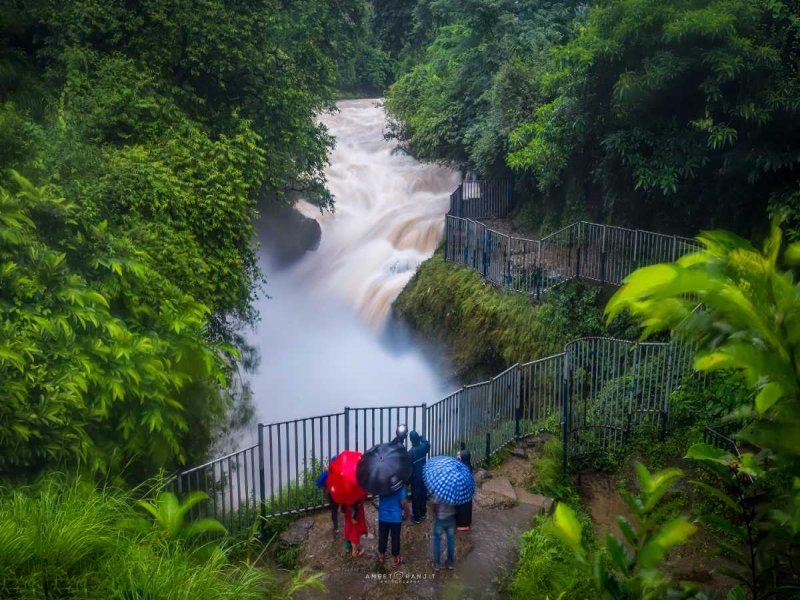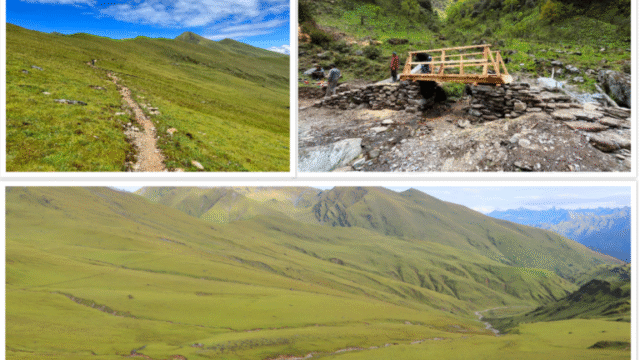Devi’s Fall, locally known as “Patale Chhango,” continues to captivate tourists with its natural beauty and cultural significance, making it a cornerstone of Pokhara’s tourism offerings. Situated southwest of the city, this mesmerizing waterfall cascades into a narrow gorge, creating a spectacular sight for visitors.
Named after a tragic incident involving a tourist named David, who was swept away by its powerful currents in the 1960s, Devi’s Fall holds both natural allure and historical intrigue. Over the years, it has evolved into a symbol of Pokhara’s natural wonders, drawing thousands of tourists annually.
Tourism and Cultural Significance
Devi’s Fall is not just a scenic spot but also holds cultural importance for locals and visitors alike. It serves as a reminder of the natural forces that shape the landscape of Nepal. The surrounding area offers panoramic views of the Annapurna range, adding to the attraction’s allure.
Visitor Experience and Amenities
Tourists visiting Devi’s Fall can enjoy leisurely walks along well-maintained pathways leading to viewpoints that offer stunning vistas of the waterfall. The site is equipped with facilities such as parking, refreshment stalls, and souvenir shops, ensuring a comfortable and enjoyable experience for visitors.
Impact on Local Economy
The popularity of Devi’s Fall contributes significantly to Pokhara’s tourism economy, supporting local businesses such as hotels, restaurants, and tour operators. The influx of tourists provides employment opportunities for many residents, further boosting the region’s economic growth.
Conservation and Sustainability Efforts
Efforts are underway to preserve the natural beauty of Devi’s Fall and its surrounding ecosystem. Local authorities, in collaboration with environmental organizations, emphasize sustainable tourism practices to minimize the ecological footprint while enhancing visitor experiences.
Future Prospects
As Nepal aims to attract more tourists and achieve sustainable tourism growth, Devi’s Fall remains a pivotal attraction in Pokhara’s tourism strategy. Ongoing initiatives focus on promoting responsible tourism and preserving the area’s natural heritage for future generations.
Devi’s Fall stands as a testament to Nepal’s rich natural beauty and cultural heritage. With its scenic splendor and historical significance, it continues to allure travelers seeking a blend of adventure, culture, and tranquility in one of Nepal’s most picturesque locations.
Visitors are encouraged to explore Devi’s Fall not just for its breathtaking views but also to appreciate its cultural significance and contribute to sustainable tourism practices that benefit both the local community and the environment.






